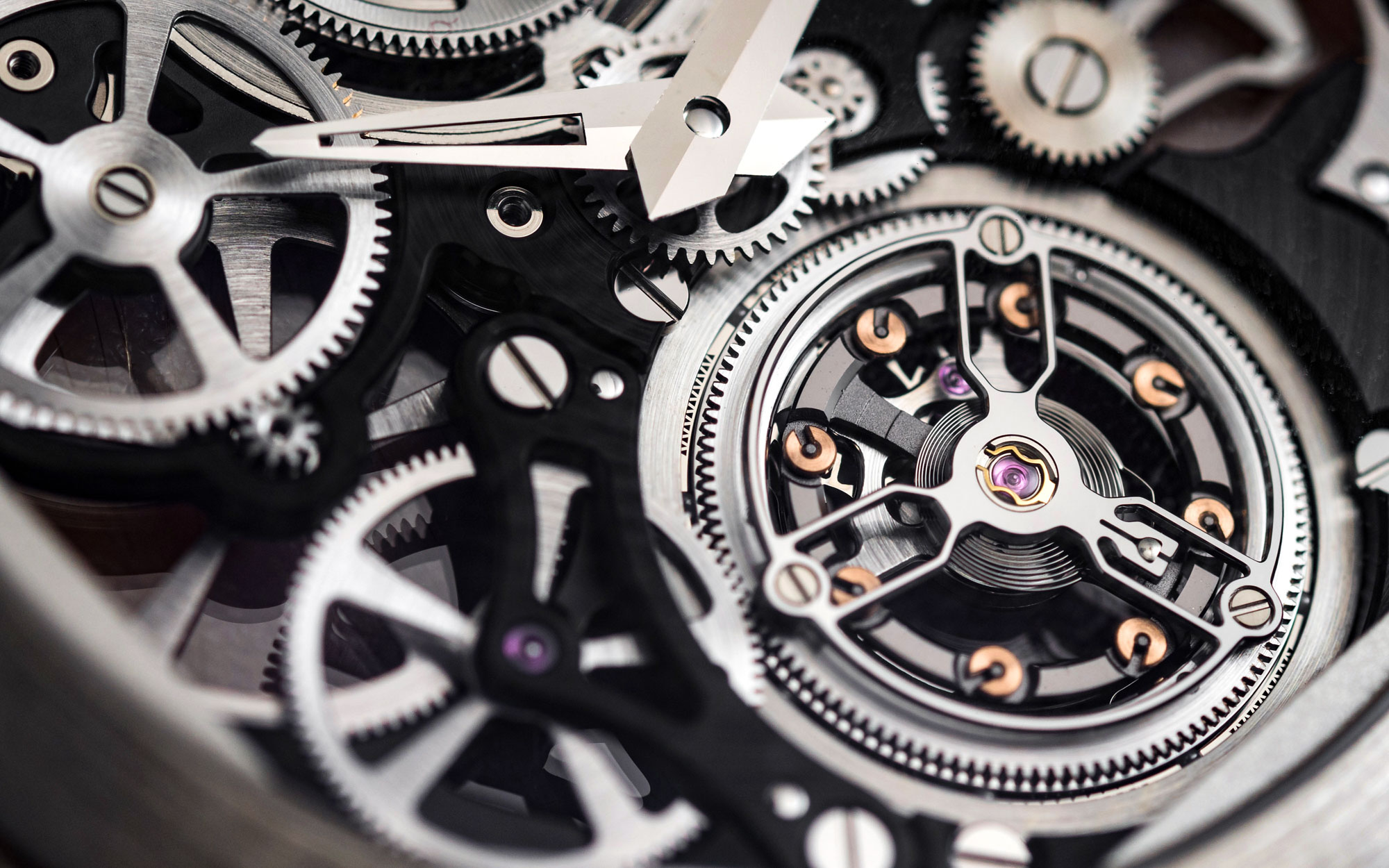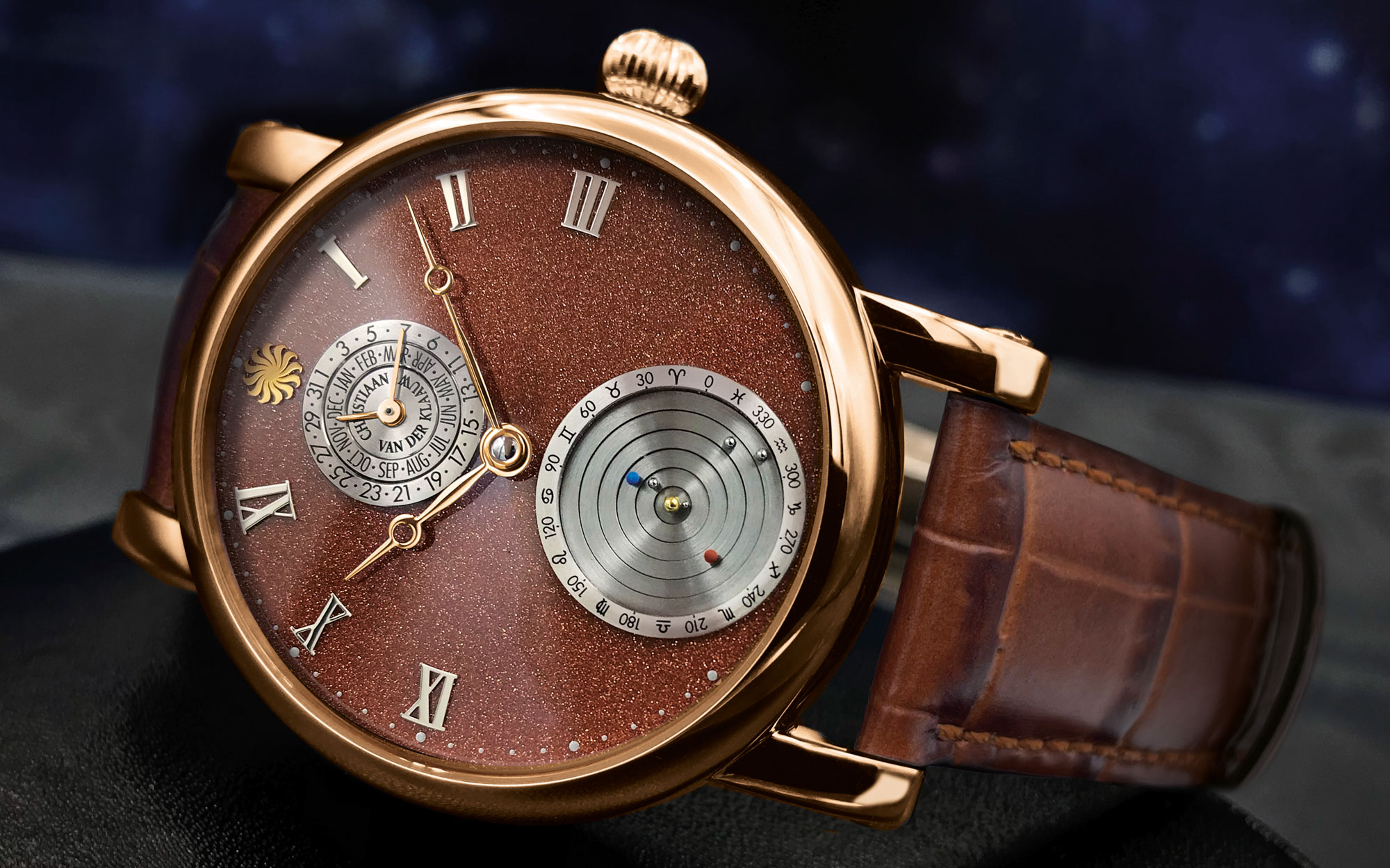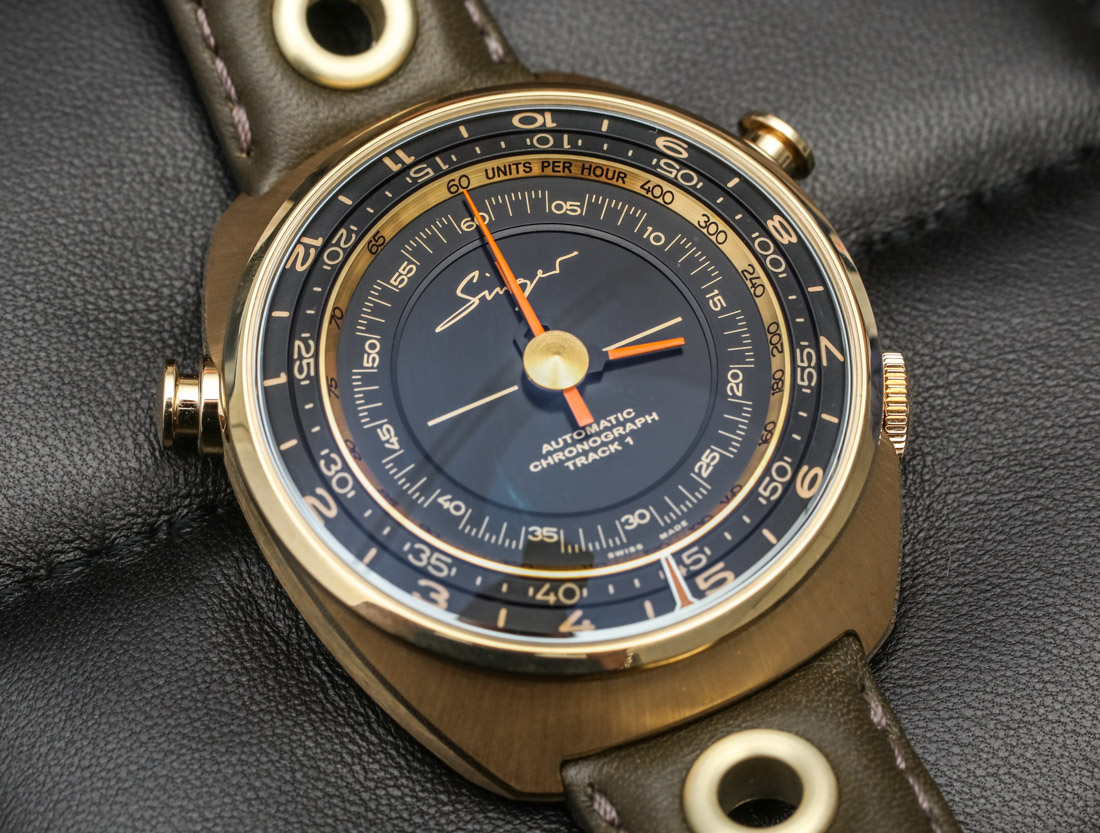It’s a new year now, and just as everyone has finished summing up their favorite watches of 2022, I’m starting to think about what I would like to see brands work on or release in 2023. The watch industry is all about marketing innovation, but true product innovation is rare. The reason for often generic or derivative new watch releases is mostly related to cost. Inventing or researching new things is often very expensive, and most watchmakers don’t like losing money on highly prospective projects. Typically, watch brands carefully survey the market for signs of successful innovation at other companies before they invest. This makes practical sense, but it often leads to many companies just sitting on their hands and being afraid to ask. In this article, I hope to spur innovation or bravery in decision-making by discussing a few areas of wristwatch product innovation that I feel the market would react to positively both in 2023 and beyond.
Creating Brand Eco-Systems Designed To Sell New Straps For Recently Purchased Watches
This innovation is less about product design or functionality, and more about a win-win solution for customers and watch brands or retailers. The concept is simple: Companies that sell watches should reach out to buyers in the weeks, months, or even years after a purchase in order to send them offers for new watch straps that specifically match their recent timepiece purchases. In the past, doing something like this was logistically too complicated, but thanks to the wider use of CRM and other digitized databases, companies that sell watches now have powerful tools to reach out to their customers. Most of the time, the emails that watch brands send to customers are of little value. By offering watch owners a way to freshen up or add versatility to their luxury watches, email marketing can be used much more effectively.
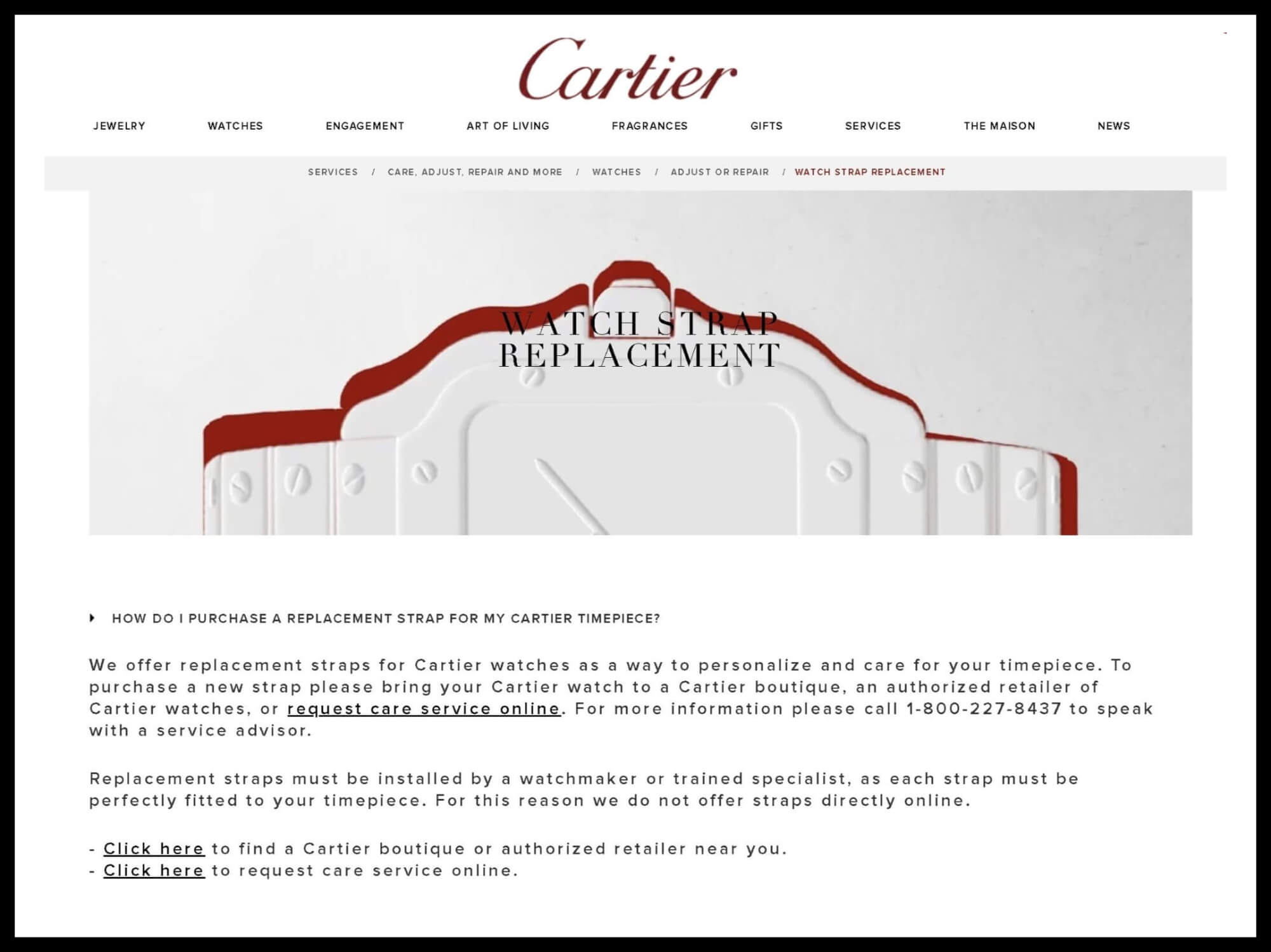
Cartier requires owners to go to a Cartier boutique or authorized dealer to purchase a new strap, or to use an online service portal (which was not functional at the time of publishing).
Watch brands and retailers can even promise consumers that if they sign up to hear about future matching watch straps, the first one will be offered for free. Consumers like to feel as though their attention is valued and that they are getting something in exchange for engaging with advertising. In my opinion, a lot of the communication messages that I receive from watch brands and retailers is without much substance or merit. I don’t expect them to pretend to be media, but I do expect my time as a consumer to be considered valuable. By knowing what watches I’ve recently purchased and actively suggesting appropriate straps that will upgrade or diversify the wearing experience, consumers can be intelligently presented with highly relevant purchase opportunities. Even though this means buyers might be asked to buy things a bit more often, it will take a lot of the legwork out of researching new strap options and will offer a potentially welcome convenience. I’d love to see more intelligent schemes around selling matching watch straps to recent customers being implemented in 2023.
More Permanent Case Materials & Colors
Ceramic, sapphire crystal, and coated metal all have something in common: potentially high levels of scratch resistance. One of the saddest moments you can have after purchasing a new watch is the first time you scratch it. It is inevitable for items to show signs of wear, but by choosing durable materials, you can opt for watches that look newer for longer. The traditional logic for product makers is that long-term durability is less important because you want people to pay for repairs or for new models. Products that age too well can be bad for business because it means consumers come back and buy less often. That logic can be counter-intuitive in today’s watch industry when a lot of consumers value longevity as well as resale value.
A watch that wears less is probably easier to resell because second-hand buyers prefer products in good condition. An 18k gold watch case is much softer in comparison to a ceramic case, and after a year of being on the wrist, will show more signs of wear than a watch produced from zirconium dioxide. I believe watches that look better for longer will get better prices on the secondary market and thus act to encourage primary sales (the purchase of new watches) by removing many worries about depreciation. I mention all this to suggest a business reason why watchmakers might be inclined to invest in using durable watch materials in lieu of those that can scratch more easily.
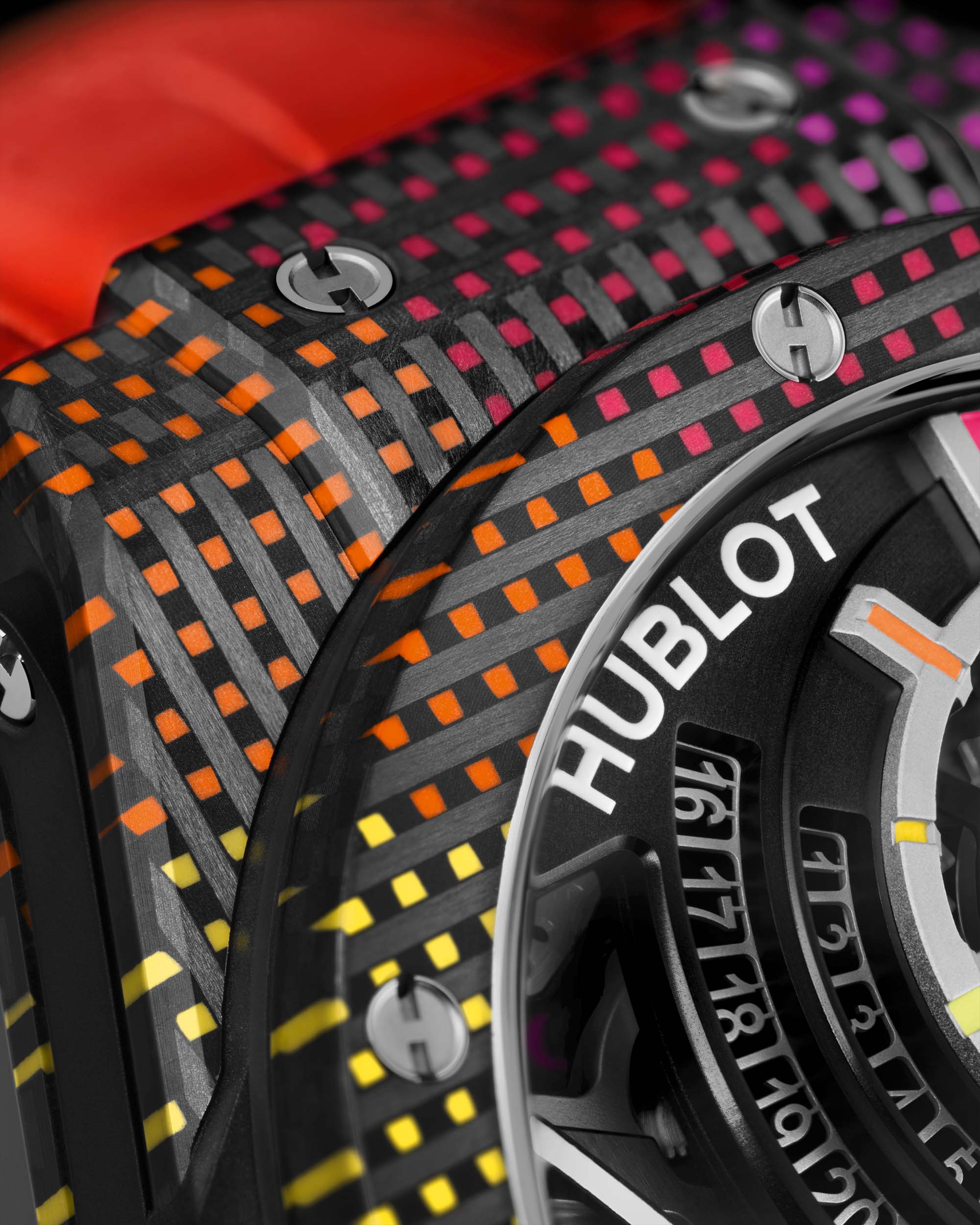
The Hublot MP-09 Tourbillon Bi-Axis Rainbow 3D Carbon has a woven case made from carbon, color composite, and carbon mesh.
For a while, I had thought that most watch brands were stalwartly moving in the direction of increasingly durable watch case materials. The proliferation of sapphire dial crystals and ceramic bezels is a perfect example. That said, new watches coming out today built from forms of plastic, carbons, precious metals, or aluminum can be surprisingly fragile when it comes to scratch resistance. It is, therefore, not accurate to say that consumers buying new watches today will always get a product that is more durable than a product from just a few years ago. More so, the majority of consumers are not materials experts who can read the tech specs of a watch and intuitively make guesses as to how scratch- and wear-resistant it may be. I encourage watch brands to focus on continuing to explore better ways to incorporate tough, scratch-resistant materials into their watch cases and bracelets.
Standardized Watch Accuracy Results That Are Advertised
One of the oddest things about buying a wristwatch is that companies will sometimes go to great lengths to explain how their products are designed to be accurate, but never actually share an actual measure of accuracy. That would be like a car company explaining how well its vehicles perform without ever sharing how much power is produced by the engine. The simple reason that watch brands have not historically advertised rate results (an industry term for accuracy measures) is that they can widely vary, so no one measure tends to be illustrative. A watch’s condition and the particular status of its movement have a huge impact on how well a watch performs in terms of accuracy over time. Brands are understandably hesitant about making particular promises about accuracy because consumers who check might have claims for free warranty repairs. I think it is time for the watch industry to radically shift its thinking in this area.
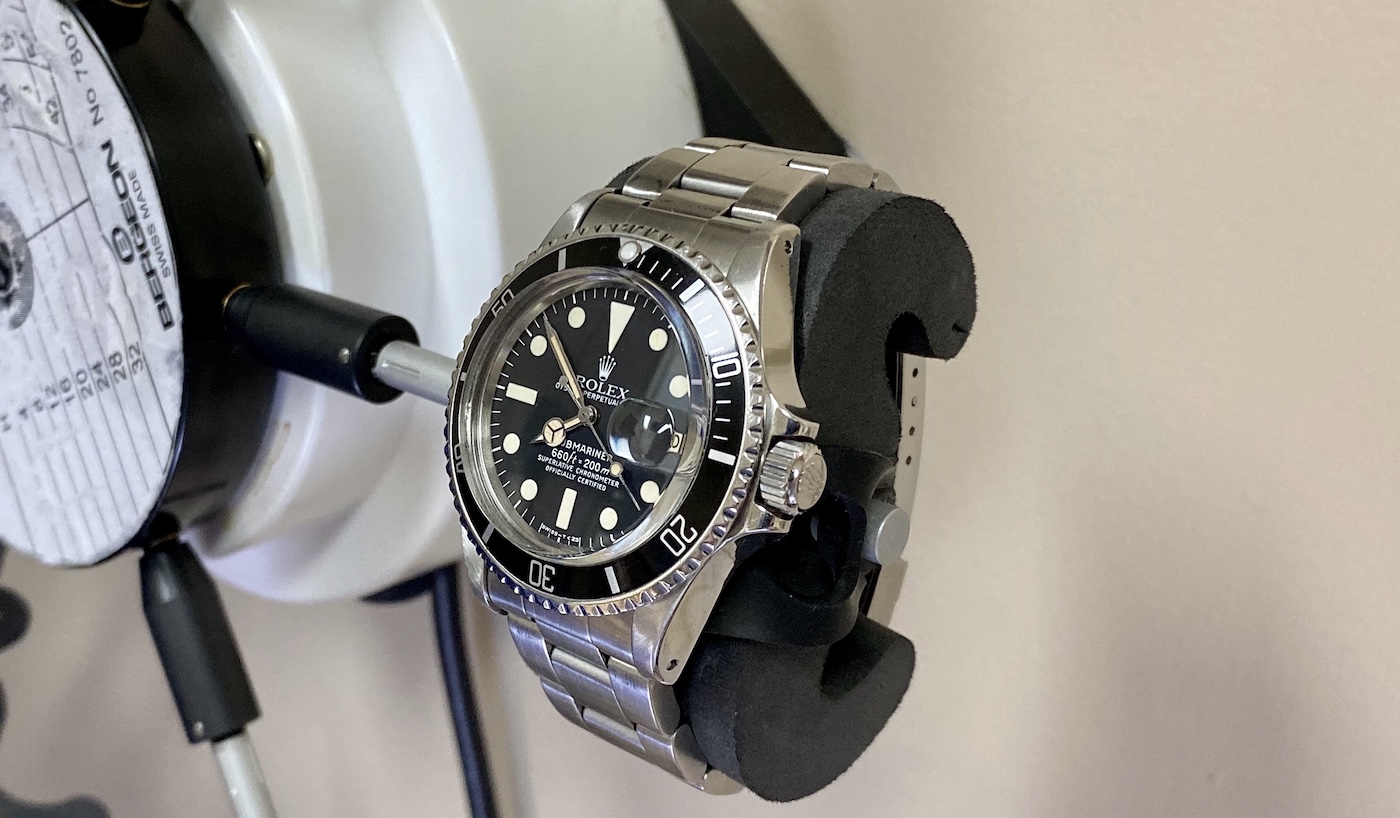
Clearly, this is a larger topic, with a lot of details that need to be discussed by watchmakers and manufacturing professionals. So I consider this a start to a larger conversation. The basic idea is that I think watch brands should advertise an average accuracy rating for each particular watch product. “Average accuracy” should be a new part of any standard list of technical specifications with the idea that it will help consumers judge watches against each other. While most consumers no longer primarily purchase wristwatches for how accurate they are, many are purchasing luxury watches because of their perception of how well-engineered they are as machines. Companies that produce more accurate watches should be given accolades as such, and may even be able to charge a premium for their items.
We all know that stories sell watches, and the knowledge that a wristwatch is particularly accurate compared with the competition is a story that can easily endear a product to an owner. One issue to resolve in thinking about this topic is that watch brands need to adopt certain levels of standardization. The temptation to develop accuracy testing which makes watches appear particularly accurate is too high to leave it up to brands to determine what constitutes “average accuracy.” So, a standard needs to be adopted. What I recommend is a measure that weighs the average accuracy rating of fully-cased watches right before they leave the factory. If 50 of the same watches are measured for accuracy, then the average of that measure should be advertised as a watch’s “average accuracy.”
![]() In my opinion, consumers will tend to value the fact that watch brands advertise the average accuracy of each product. There are a lot of fears about this when it comes to watch brands, but I think the industry stands to gain more than lose. If brands are worried that consumers will feel their mechanical watches aren’t accurate enough, at least they know their products aren’t any worse than most of the competition. And if a particular watch someone has is not running well and performs poorly, then watchmakers should want to fix it without charge. A poorly working machine is not something anyone is proud of. In an era when selling wristwatches is more competitive than ever, it stands to reason that consumers can use measures of average accuracy to help in making already difficult purchase decisions.
In my opinion, consumers will tend to value the fact that watch brands advertise the average accuracy of each product. There are a lot of fears about this when it comes to watch brands, but I think the industry stands to gain more than lose. If brands are worried that consumers will feel their mechanical watches aren’t accurate enough, at least they know their products aren’t any worse than most of the competition. And if a particular watch someone has is not running well and performs poorly, then watchmakers should want to fix it without charge. A poorly working machine is not something anyone is proud of. In an era when selling wristwatches is more competitive than ever, it stands to reason that consumers can use measures of average accuracy to help in making already difficult purchase decisions.
Novel Approaches To Classic Complications
The sad thing is that I already know it is too much to ask the watch industry to widely come up with truly new innovations. For years, most of the mechanical watch movements on the market have had the same list of a dozen or so complications (or functions). Many of these functions are of limited or impractical use today (aBlogtoWatch’s article on The Top 5 Useless Complications), or just so common that no one needs 30 GMT watches in their collection. Smartwatch makers seem to come up with multiple new features each year, so why can’t the 100+-year-old mechanical wristwatch industry do the same? There are two primary reasons.
The first reason is that developing new complications means developing new mechanical movements (or parts of movements). This doesn’t just take money, but it also takes a lot of time. There is no timeframe an engineer can promise to an accountant about how long it will take to develop a new feature, nor the cost to industrialize it, for that matter. New complications tend to come from market needs. The market today does not actively push the traditional watch industry to come up with new features or functions, and so watch brands only do so on their whim and in the way they feel is most cost-effective. That has translated into a lot of innovation for the exterior of a watch, but relatively little for the inside. Is there a happy medium that does not require watch brands to invent new machines all the time, but that does allow for watches to operate more relevantly in a modern world?
For me, I think the answer is in getting more playful with traditional complications by presenting them in new ways. The world’s most popular complication (aside from the time and date) is the chronograph. Having a stopwatch function is neat, but most consumers rarely report using them. Is this because the stopwatch is not useful? No. I think a better answer is that watchmakers have not made chronographs that are relevant to what people need today. Experimenting with new dial layouts and purposes for the traditional chronograph is one excellent example of how a classic complication can be made more novel.
Another added bonus to the pursuit of making classic complications more novel is that the resulting experimentation will inevitably make watch design more relevant to the activities that consumers do today. Sure there is a nostalgic sense of reverence around activities such as driving analog cars, flying analog planes, and operating analog instruments, but that doesn’t really represent how most consumers live today. Watch brands are often successful when blending their classic values with contemporary ideals. I’d like to see a lot more of this in the form of translating traditional complications into those for today’s wearers.
None of these things is impossible, and all of the infrastructure is there to allow them to happen. The net effect of the innovations outlined here is one in which brands see long-term growth and profitability by providing customers with more exciting watches and a richer ownership experience. As ever, though, it’s a matter of the industry being willing to play the long game, something it hasn’t always been keen to do.

